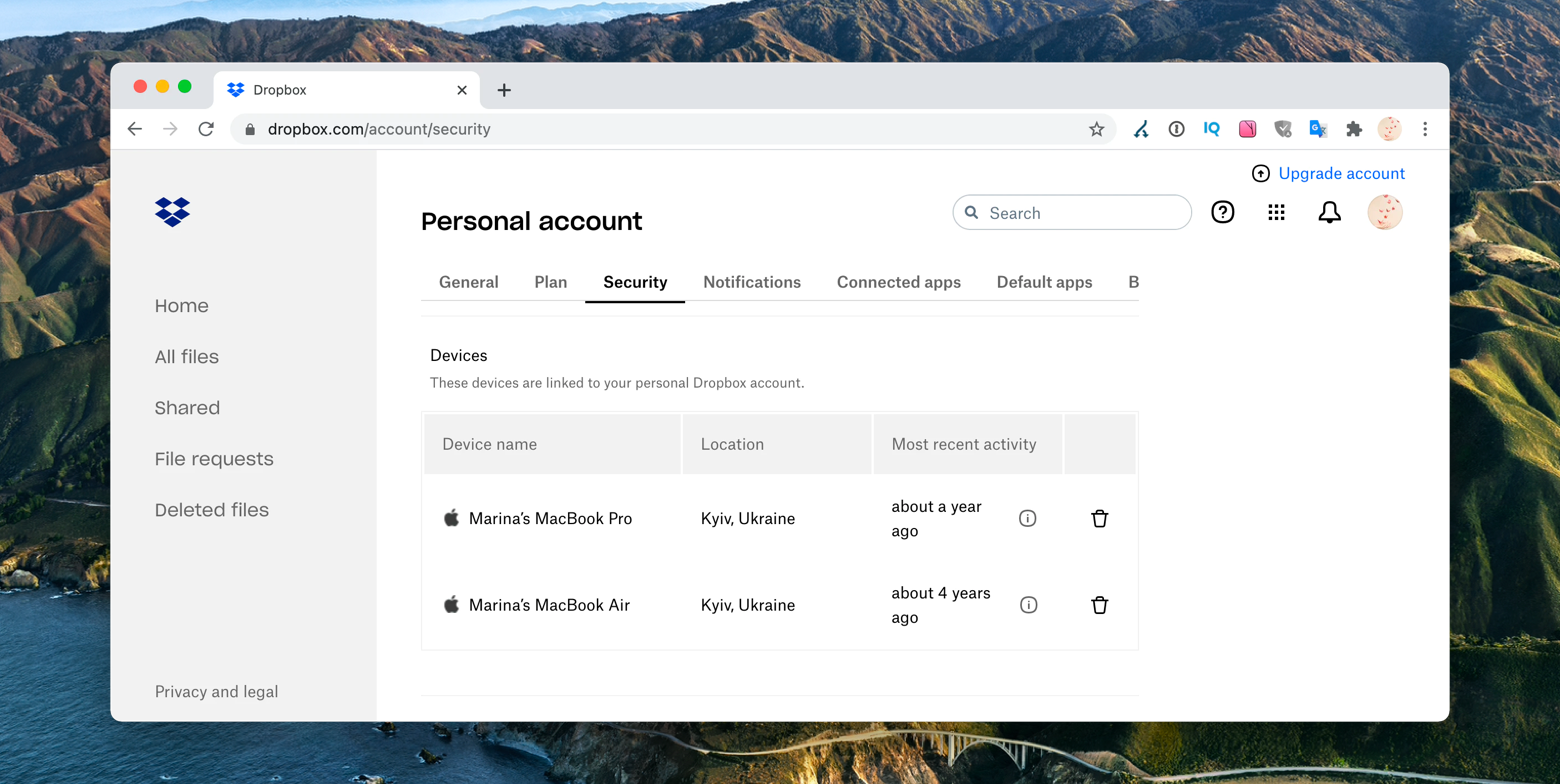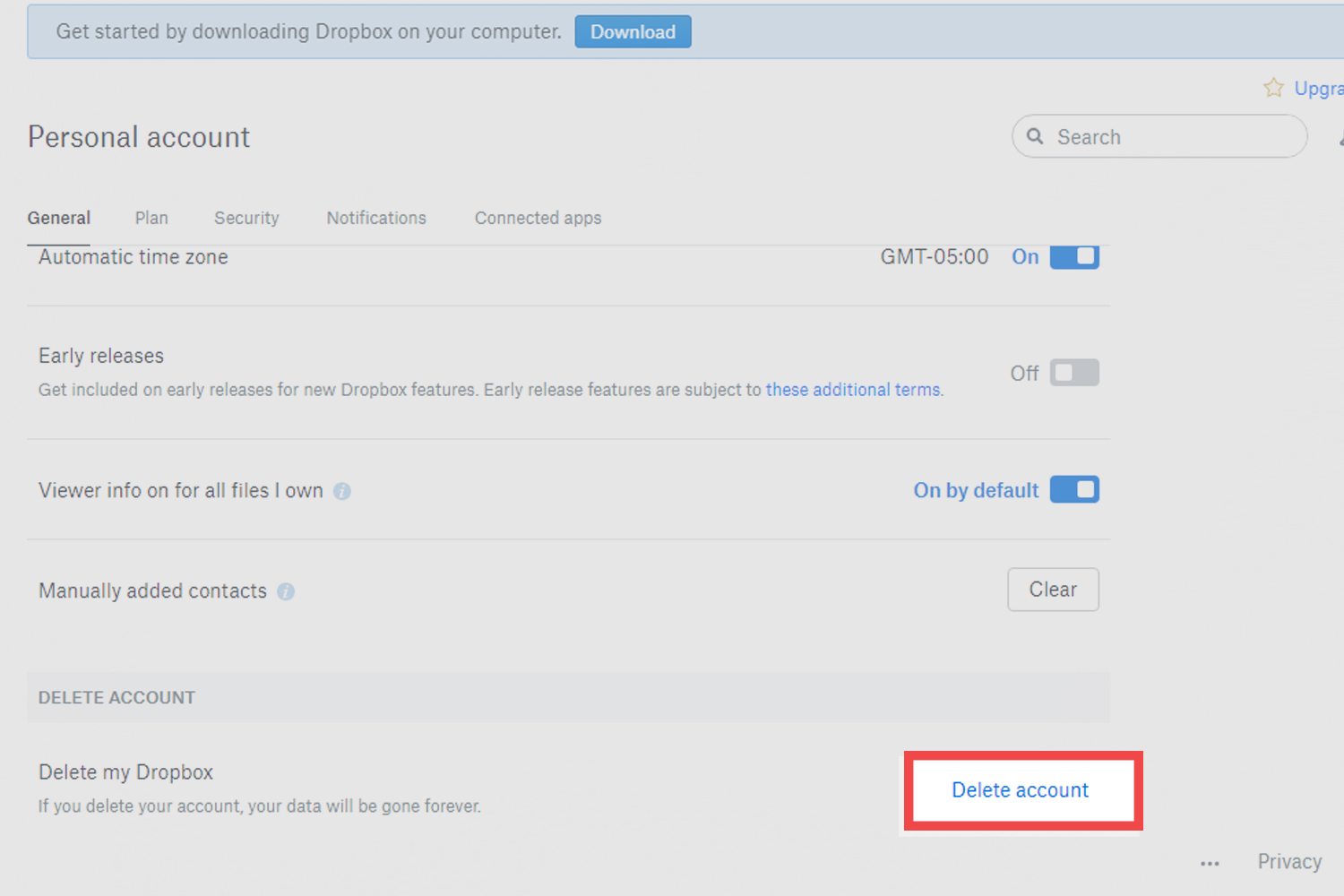
So, after creating all the components, we need to import them all to the index.js file. Instead, you can put this in your package.json: This will make sure that all the asset paths are relative to index.html. Jest will always run all tests on a continuous integration server or if the project is not inside a Git or Mercurial repository. Now enter the project directory and start the app. But how can we create a multi-page website with React? Note: this is a one-way operation. If you visit localhost:3000/ and localhost:3000/contact, you should see these works of art: If you want to run the site against our production setup, you can run: If you visit localhost:5000/, youll see the same site. The Template layout contains custom made pages for Portfolio niche, Latest Portfolio, Service, Project, Team page and blog page.There is no doubt that Follio will make. Follio is the great Portfolio Multipurpose React Template that enables you to create a powerful Portfolio website.
DELETE DROPBOX ACCOUNT HOW TO
See this blog post on how to deploy your React app to Amazon Web Services S3 and CloudFront. Use the following launch.json configuration file: Usually, in an app, you have a lot of UI components, and each of them has many different states.

For example /blog/first-post, /blog/second-post etc. This mechanism provides a number of benefits: However there is an escape hatch that you can use to add an asset outside of the module system. If you use Visual Studio Code, there is a Jest extension which works with Create React App out of the box.

Both of these ways are described in the next few sections. One in the root directory and another in the components directory. There are also opportunities to use this outside of static hosting, to take the pressure off the server when generating and caching routes.


 0 kommentar(er)
0 kommentar(er)
